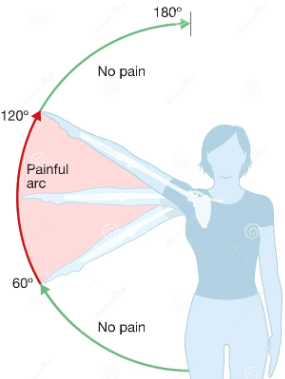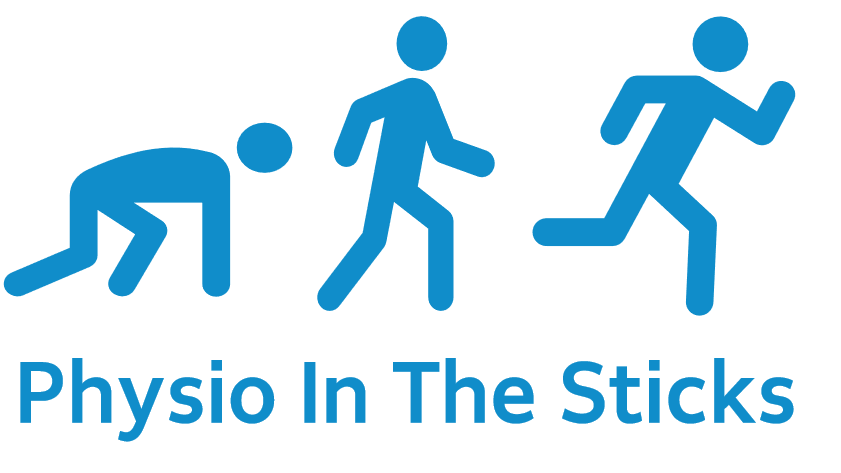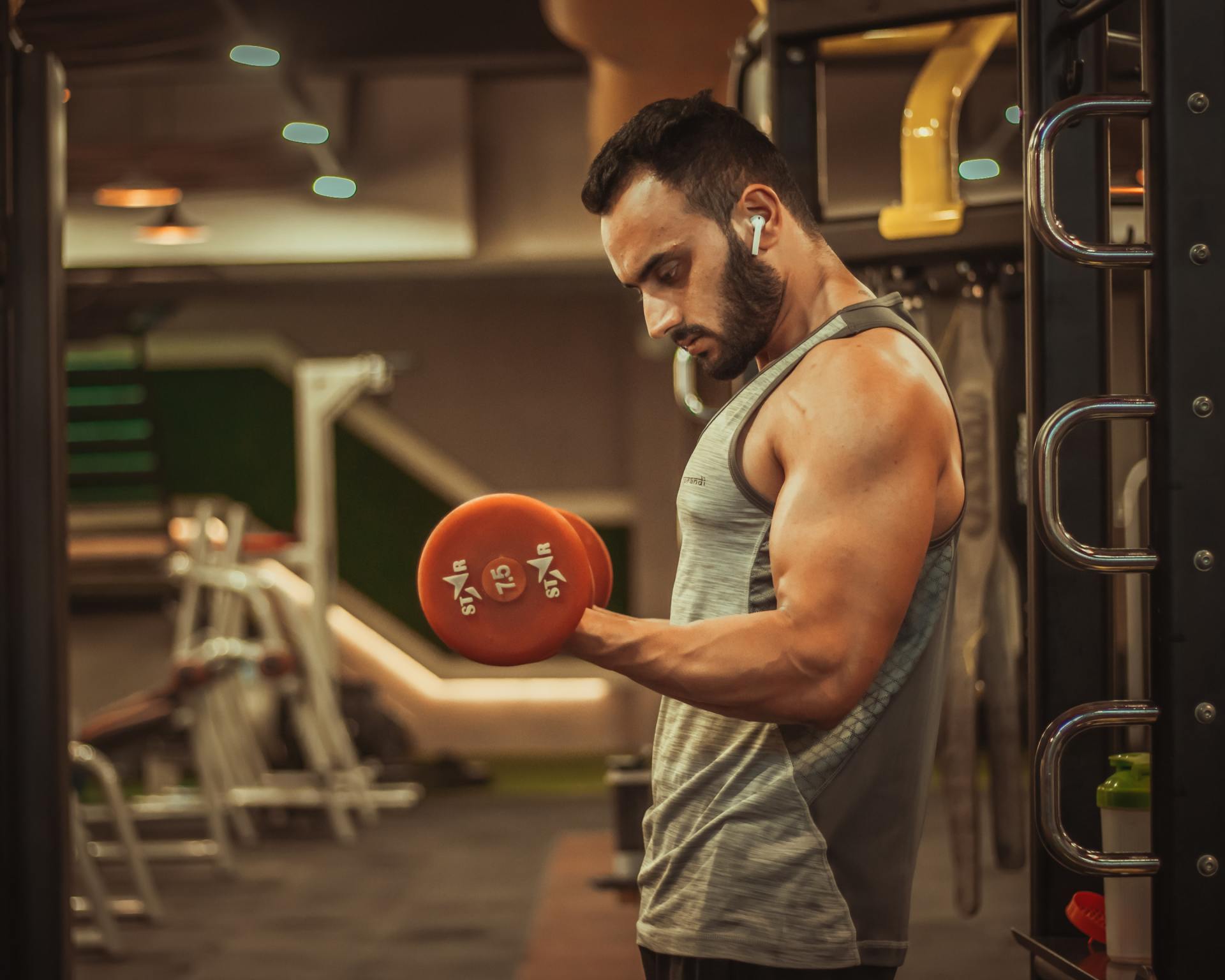If you have chronic shoulder pain, "frozen" shoulder, arthritis or sudden acute shoulder pain, you can now see a physiotherapist at home or online. Whether you have a sport you want to return to or to get back to everyday activities pain free, we can help. By putting you at the centre of the
treatment plan and considering your needs and goals we can help you recover.
High quality, modern, private physiotherapy gives time to answer all your questions, help you understand the issue and develop a detailed treatment plan that includes so much more than your muscles and joints. Build confidence moving and exercising with friendly, professional guidance.
Rotator cuff tear
The rotator cuff is another name for the four muscles that surround the shoulder joint to help it move in many different directions and to keep it stable. The rotator cuff muscles
are particularly active during rotating or twisting shoulder movements. As we age or through traumatic injury, the muscle or the tendons can be torn, which can vary from a small tear involving just a few fibres of the muscle or tendon, to one where the muscle or tendon is completely ruptured. pain which may also be felt in the upper arm. This often causes pain in the shoulder and upper arm, weakness leading to loss of ability to lift the arm upwards and a cracking sound when moving your arm. Pain reaching behind the back or overhead is also common.
Frozen shoulder
Commonly seen as a gradual loss of movement in your shoulder joint, movements such as reaching behind your back or reaching out to the side are likely to become very limited. You may feel like your arm is stuck and cannot be moved even if someone tried to move it for you. You may also feel pain at night with significant disturbance to you sleep, and the pain may spread down the arm towards the elbow.
Shoulder dislocation
The shoulder joint is usually stable and strong but it can sustain an injury and become unstable after a fall on your shoulder or outstretched hand or during a contact sport injury. There will be a loss of range of movement, pain at the shoulder joint and a feeling of instability. Dislocated shoulders need relocating in hospital to avoid trapping nerves, tendons or blood vessels. Following relocation or surgery, physiotherapy will focus on strengthening the muscles and regaining function.
Acromioclavicular (AC) joint injury
This is where the outer end of the collar bone attaches to the front of the shoulder blade which helps with shoulder movements. The most common problems associated with the AC joint are sprains, separations of the joint and arthritis. It can be injured by falling on to the shoulder side. The injury can vary in severity from a mild sprain where a few fibres of the ligaments around the joint are damaged and the joint stays in place, to a full
separation where the outer end of the collar bone is forced away from its attachment to the shoulder blade. This can happen when greater force causes a complete tear of the ligaments around the joint and will be noticeable because the end of the collar bone will be sitting a couple of centimetres higher than the outer part of the shoulder. This is known as a 'step deformity' and requires an immediate visit to your local
A&E for X-ray and assessment.
Acromioclavicular joint arthritis results from the general wear and repair of the joint, which can result in the roughening of the smooth, cartilage-covered surfaces of the joint. The joint can become narrower and stiffer and the roughening can cause inflammation and occasionally pain. This pain can lead to difficulty
reaching overhead and across the body. Arthritis is a normal part of the ageing process, but may be more likely if there has been a previous injury to the joint.


